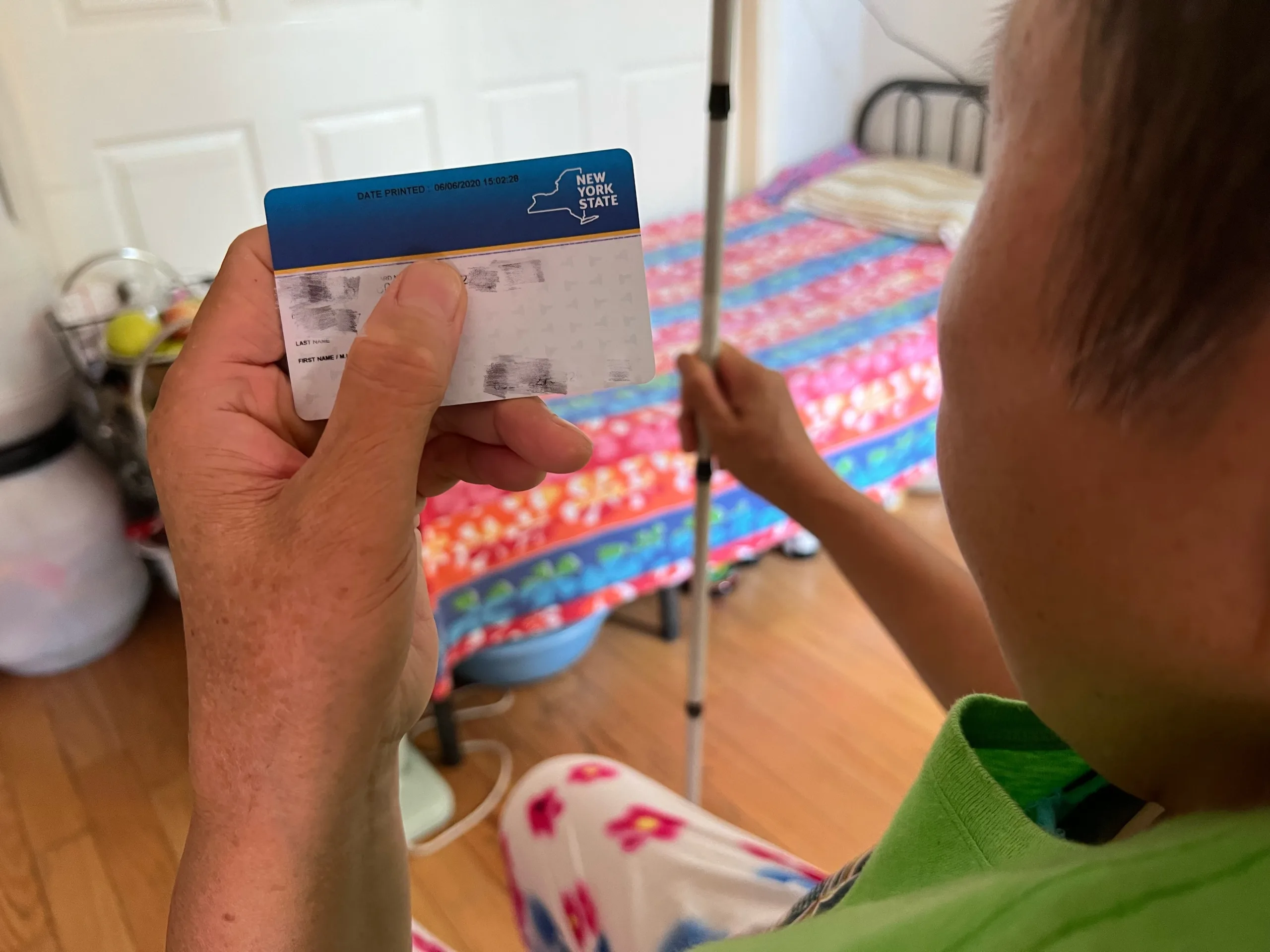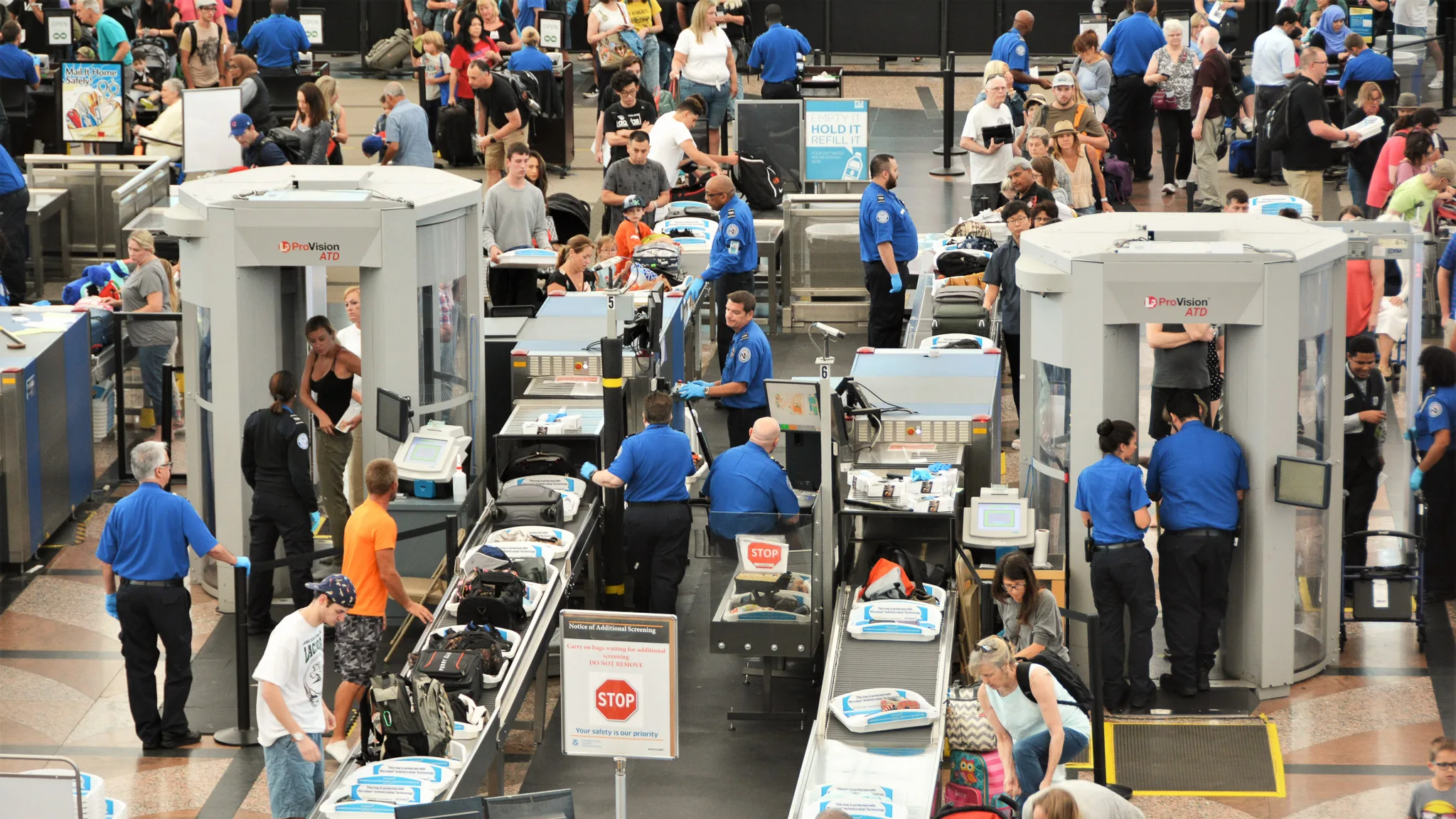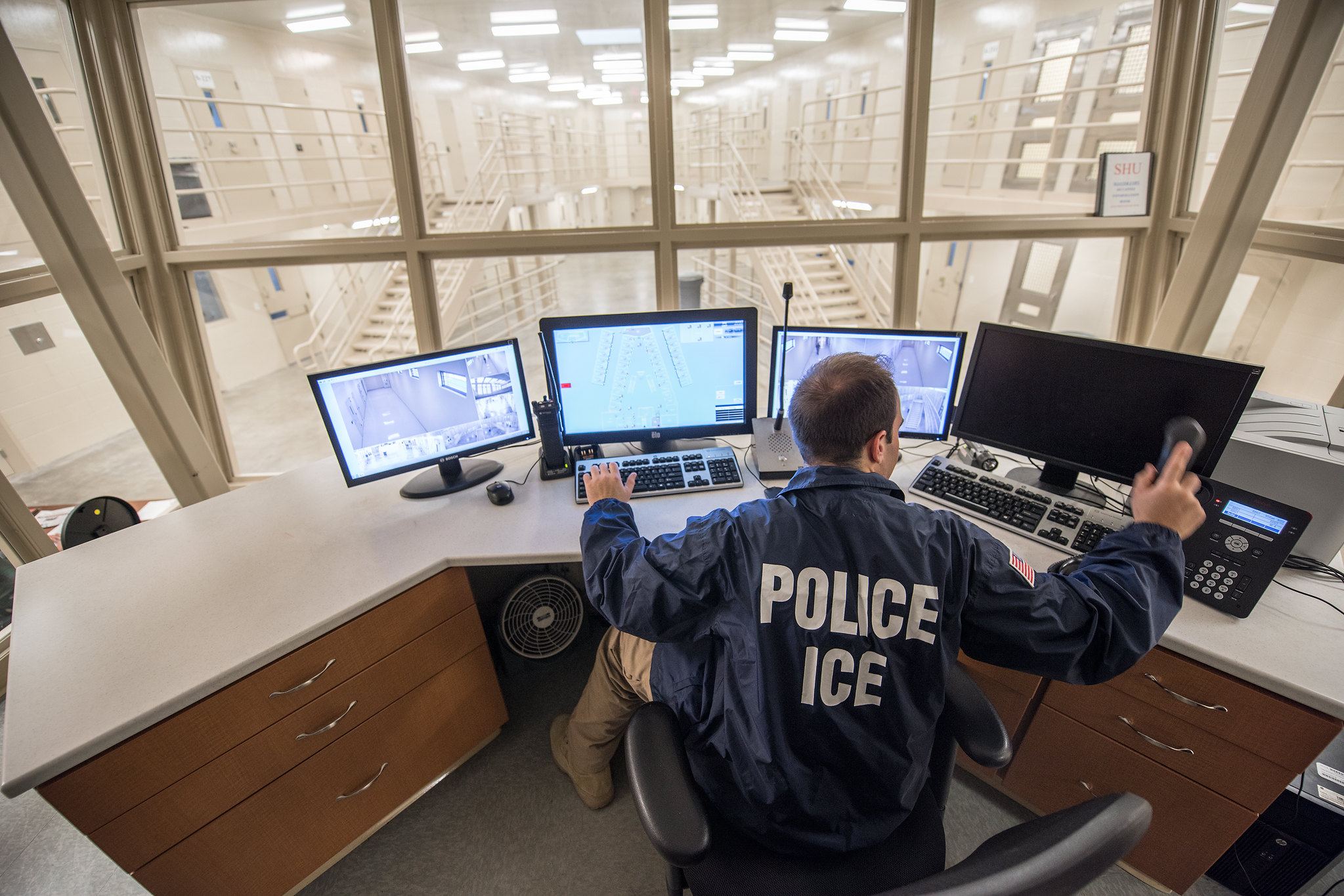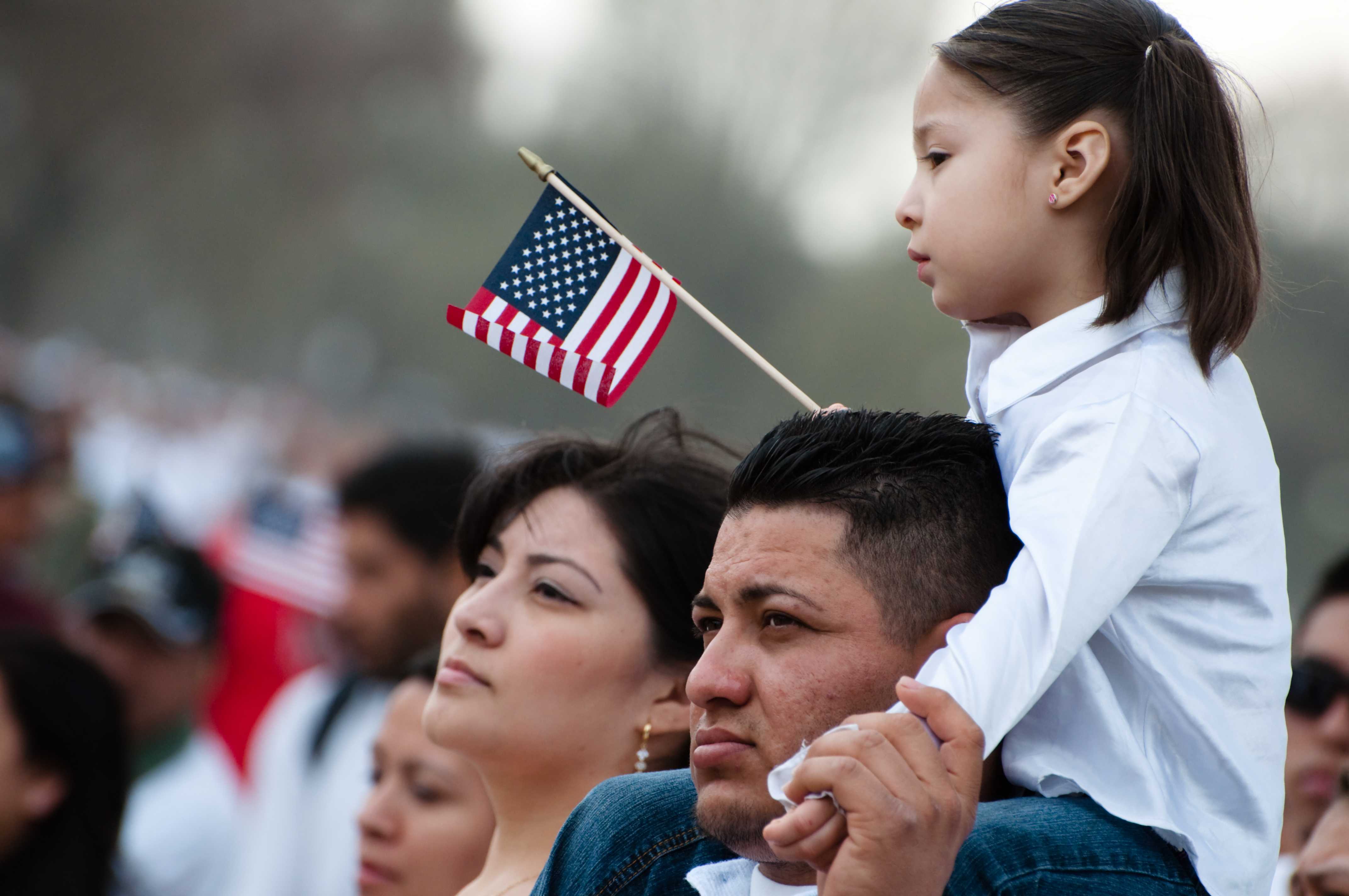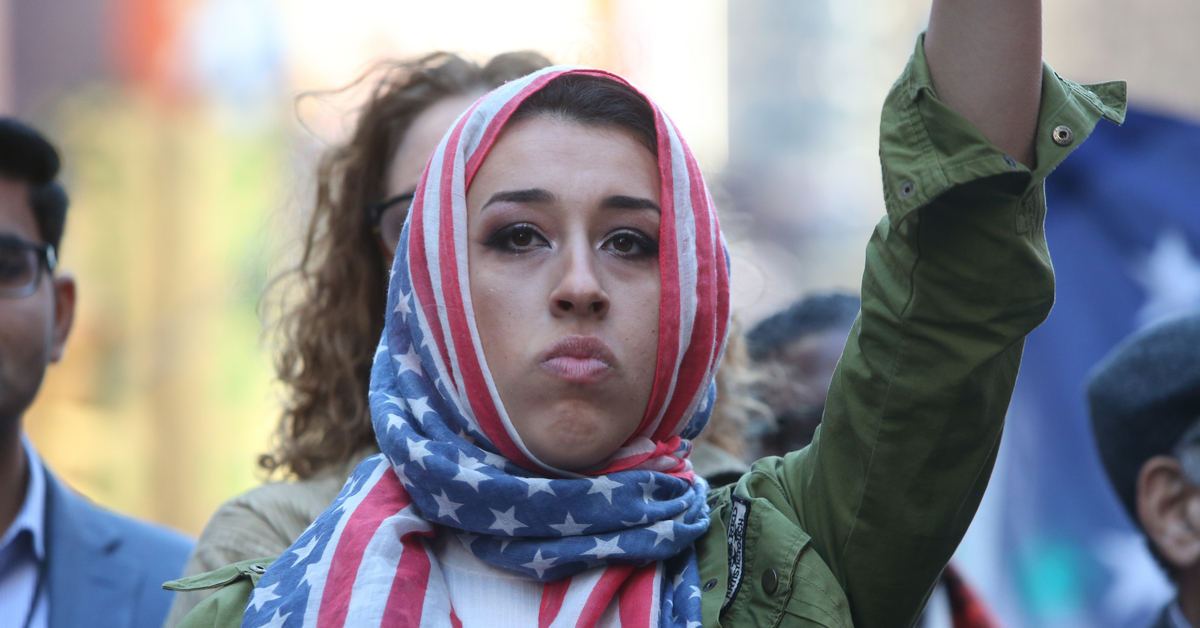Each week Kenneth Palinkas takes the subway from his home in Woodside, Queens to 26 Federal Plaza. He carries with him a suitcase full of naturalization and green card adjustment status applications he reviews and adjudicates at home.
Palinkas is one of the 20,000 USCIS employees who process, adjudicate, verify and interview the thousands of immigrants of varying statuses that seek to reside, vote, reunite with family, find refuge and work in the United States each year. Since March 11 when the USCIS office in New York City closed, Palinkas and his coworkers have been commuting into the City to pick up their files and work on cases remotely.
Soon, however, Palinkas may no longer need to lug a suitcase full of applications. He is one of the 13,400 USCIS employees who has received a furlough notice, scheduled to go into effect August 3, 2020, for a minimum of 30 days and a maximum of 90.
The USCIS was formed in 2003, alongside Immigration and Customs Enforcement (ICE) and Customs and Border Protection (CBP). Unlike other federal agencies, the USCIS is a fee-funded entity — it is financed by immigration-related application and petition fees. COVID-19 and the administration’s “suspension of entry of immigrants who present a risk to the US labor market” has, by USCIS estimates, decreased the number of applications and fees associated with them by 61 percent.
Palinkas who serves as Executive Vice President for the National Citizenship and Immigration Services Council at the American Federation for Government Employees (AFGE) and who has been a USCIS employee since its formation in 2003 explained it is not the pandemic that has crippled the agency, but previous policy decisions that have restricted legal immigration. Palinkas and fellow USCIS employees spoke to Documented as union members, not as representatives of the agency.
“Four months of a pandemic can’t do this. We have always been in good financial standing. It is an election year. This is always a time when naturalizations increase. People want to exercise their right to vote, especially in an election as contentious as this one,” Palinkas told Documented. He estimates that applications have decreased by 25 percent at the very most since the pandemic.
USCIS Predicted a Budget Shortfall
Former USCIS employee of over a decade and now Director of Government Relations of American Immigrations Lawyers Association (AILA), Sharvari Dalal-Dheini said that the agency predicted it would have a significant deficit as early as November, prior to COVID-19.
“It is within their own power to fix this situation, they need to be held accountable and should be expected to manage their policies and processes more efficiently moving forward,” Dalal-Dheini said.
Furloughs, as an austerity tactic, are not uncommon; however, the pending furlough is administrative, meaning it is planned and designed by the federal government. It will take an act of Congress for employees to receive back pay. In an AFGE press call, Local President, Nicole Guess, recounted that many of her co-workers are preparing to dip into their retirement savings and/or have requested permission to work other jobs during the furlough.
“People are really worried. [USCIS employees] are planning to take jobs working for Uber, DoorDash, house cleaning and child care,” Guess said, jobs commonly employed by immigrant workers.
Fortunately for USCIS employees and immigrants with pending applications and petitions, Representatives Jeffrey Fortenberry of Nebraska and Emanuel Cleaver of Missouri have introduced a bill (HR 7508) that would provide $1.2 billion in supplemental funding to the agency. However, the bill also mandates a 10% surcharge on applications, offsetting the financial burden onto immigrants often already in financially precarious situations. The application costs and processing fees for a green card average at $1,000, $946 for H-1B visas, and over $2,000 for a financé visa.
Dalal-Dheini, notes that this surcharge is not the first time USCIS has attempted to “pass off its own inefficiencies to its customers, rather than to look internally and attempt to fix their unsustainable structure.”
USCIS is in the process of finalizing a new fee rule that if approved would increase some application and petitions fees by more than 80%, Dalal-Dheini explained. This would be in addition to the 10% surcharge if the bill is passed.
Since 2003, the federal government has spent an estimated $381 billion on the agencies that carry out immigration enforcement. USCIS has a yearly budget of $4.8 billion.
‘Final Nail in the Coffin for The Immigration System’
Members of the AFGE are planning, in their union capacity, to travel to Washington D.C. to speak with members of Congress before the vote in late July. The National Association of Immigration Judges (NAIJ) have written a letter in support of USCIS and against the furlough.
“USCIS plays a critical role in many of our cases in terms of our ability to adjudicate a case in a timely fashion,” said President of NAIJ, Ashley Tabaddor in a phone interview. “These applications and petitions will not simply go away just because the people who process them are furloughed. It will just sit and pile on.
Tabaddor gave thousands of unaccompanied minors as an example of a population that will be severely impacted by a furlough. Children who are eligible to have their asylum application first heard or presented before an asylum officer will have to wait and will be added to an already overloaded number of cases.
Dalal-Dheini worries not only about her former USCIS colleague’s livelihoods, but also the disproportionate number of USCIS employees in the adjudications department who received furlough notices.
“1,500 of the 2,000 employees in the Refugee, Asylum and International Operations Division received furlough notices, a larger proportion of employees than in some other departments. It is now a question of whether the agency is prioritizing its statutory mission to adjudicate benefits or supporting ICE and CBP and trying to become a third enforcement agency,” Dalal-Dheini said.
Despite fears of the implications the furlough will have on immigrants, business owners, and immigration-related employees, Danielle Spooner, CIS Council President, feels confident the bill will pass.
“The bill basically asks the government to give us back money that they themselves have taken away through immigration bans,” Spooner said.
If the bill is not passed, the furlough, reducing the USCIS’s staff to 25% would affect all immigration proceedings, leaving immigrants with pending applications with little to no certainty on where and how to live.
“This is a final nail in the coffin for the immigration system,” Dalal-Dheini said. “Yes the furlough will hurt our members and practices, but it will impact American families, businesses and individuals who are here and have been here, living and working lawfully the most.”
“To the extent that there are people who would like to see a serious slowdown in legal immigration, this would absolutely accomplish that, and not only in the short term,” said Former USCIS President, Leon Rodriguez.
Guess worries that approved asylees applying for citizenship are another particularly vulnerable demographic. “These people are new to our country and are often suffering from trauma or PTSD so they cannot work. If they do not get citizenship in a certain time frame, they will lose unemployment and be subject to the public charge rule,” she said in the press call.
Due to social distancing guidelines, naturalization interviews have decreased from 60,000 per day to 2,000. With an even smaller workforce, the number of in-person interviews will drop further, shrinking the potential electorate for the 2020 Presidential election.
The furlough will not only add 13,400 workers to the over 44 million who have already filed for unemployment in the U.S., and it will also hurt employers who rely on immigrants with work authorization nearing expiration.
Iniyan Kolan, a recent graduate of Columbia’s School of International and Public Affairs (SIPA) had his last day of work at a research institute on July 17. Kolan’s Optional Practical Training (OPT) was ending and he was planning on applying for change of status. When told that the process would take 6-10 months, Kolan had no choice but to return home — his current status would expire during that time period, leaving him unable to work in the US legally.
“This is all definitely a bit surprising, but not completely. It’s just a series of unfortunate events. So many things are happening one after another, I guess I’ll just have to wait and see what happens next. Embassies are shutting down, new visa restrictions are coming in, but at this point, you just have to be used to it because this is 2020,” Kolan said.
Kolan will return to Bangalore, India where he will begin his application for a J-1 visa and hope Trump’s Executive Order that has suspended these visas will end with January’s inauguration.
“From the time someone petitions for their relatives up until their green card is issued, no one will be there to help them so they will have to wait, sit and languish,” Palinkas said of the furlough’s implications on immigrants both within and seeking to enter the country.
Congress is scheduled to vote on the bill in the last week of July.
Correction: This article was updated on July 22 to clarify the position of Kenneth Palinkas and the fact that USCIS offices closed on March 11, not late March. Furthermore, this article previously stated that there were 60,000 naturalization ceremonies per day prior to the pandemic, which was actually per month. The article has been updated with the correct numbers for New York.


